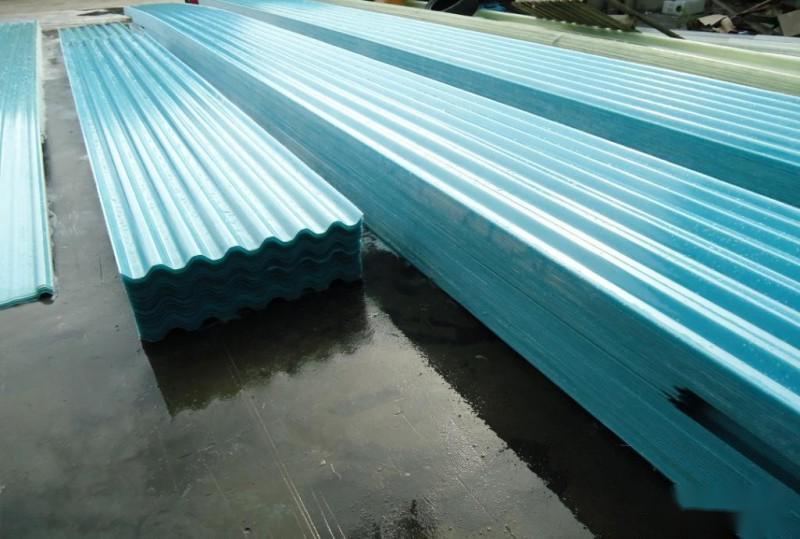Basic Introduction
Common models of fiberglass include: 760, 840, 820, 930, 950, 1050. Product features of fiberglass tiles (sheets) include corrosion resistance, aging resistance, impact resistance, high light transmittance, attractive appearance, and low cost, making it a green building material.
Feature Introduction:
It features continuous forming, elongation, lightweight high strength, aging resistance, light transmission, flame retardancy, smooth surface, customizable coloring, maintenance-free, and eco-friendliness. The product is widely used in large buildings, modern light steel structures, colored profiled sheets, greenhouse sheds, sports venues, aquaculture, and other places.
Light Transmittance: Utilizing natural light for health and energy saving, diffused light fiber, comfortable, bright, and soft, meeting human health functional requirements, with light transmittance controllable between 0% and 90%.
Weather Resistance: Maintains stable performance within the temperature range of -40℃ to 120℃, with no high-temperature softening or low-temperature brittleness; it can also be designed in a double-layer structure for better insulation, especially suitable for winter production in northern cold region farms.
Corrosion Resistance: High strength, acid and alkali resistant, non-oxidizing, with a service life of over 20 years!
High Strength: Impact resistance, can withstand the impact of wind, snow, and hail, preventing nail hole swelling and leakage.
Flame Retardancy: The oxygen index of the flame-retardant light-transmitting panel is ≤30%, meeting the national Class B flame retardant standard.
Precautions
· After installation, reserve the position for the light-transmitting panel, and the construction should proceed from the eaves towards the ridge. The light-transmitting panel is directly clipped onto the side wave peak of the steel plate.
· Before fixing the light-transmitting tiles, pre-drill holes, with the hole diameter being 6-9mm larger than the screw diameter to allow for thermal expansion and contraction.
· When overlapping the light-transmitting tiles with the steel plate longitudinally, a minimum overlap of 200mm is required, along with two water-stop strips.
· When fixing the light-transmitting tiles, good drainage washers must be used between the screws and the light-transmitting panel to prevent water and dust ingress.
· After placing the drainage washers onto the screws, lock them into the purlins with an electric drill to complete the fixing of the light-transmitting panel.
· During the installation of the light-transmitting tiles, do not step directly on the wave peaks to avoid cracking the panel. A non-slip thick wooden board measuring 1200mm x 300mm (length x width) must be placed in the transverse position of the light-transmitting panel for standing while making guide holes and fixing screws.













